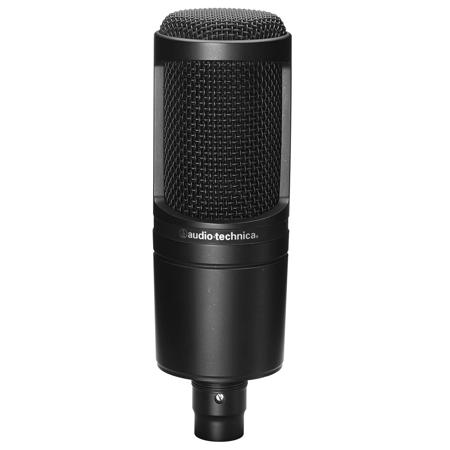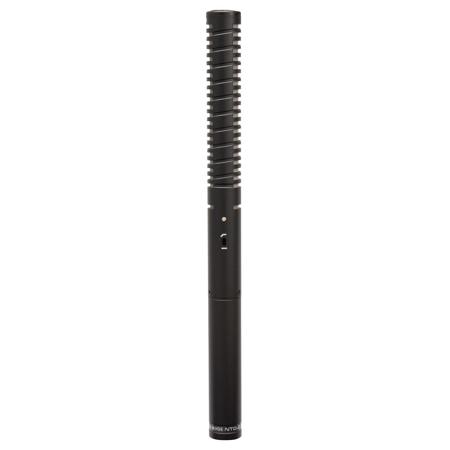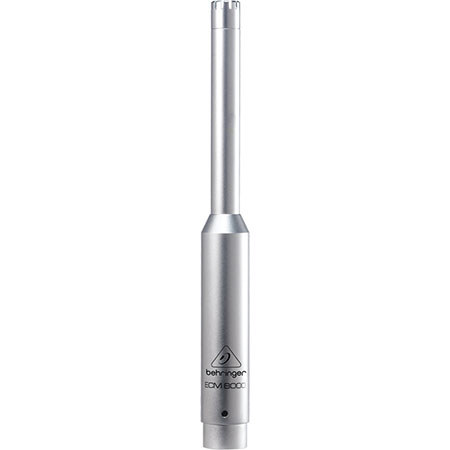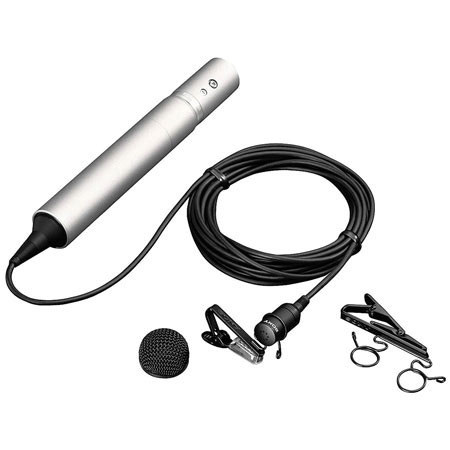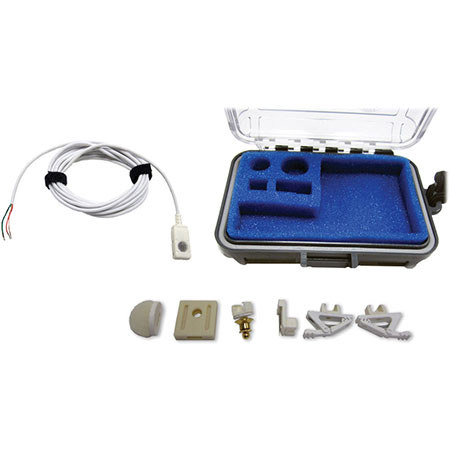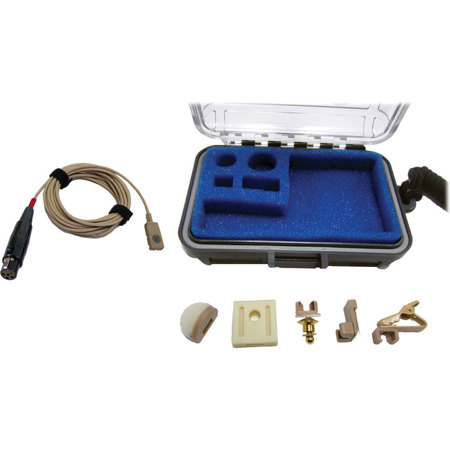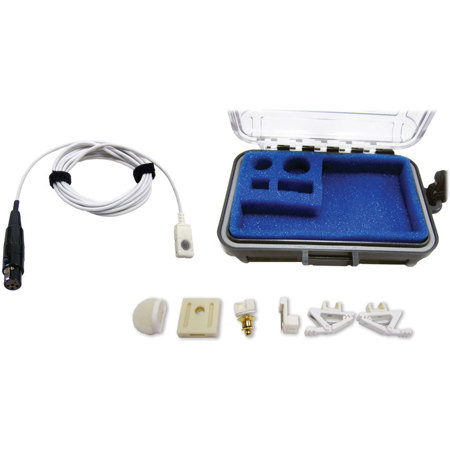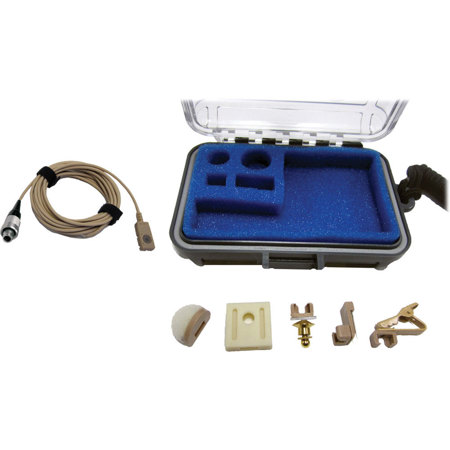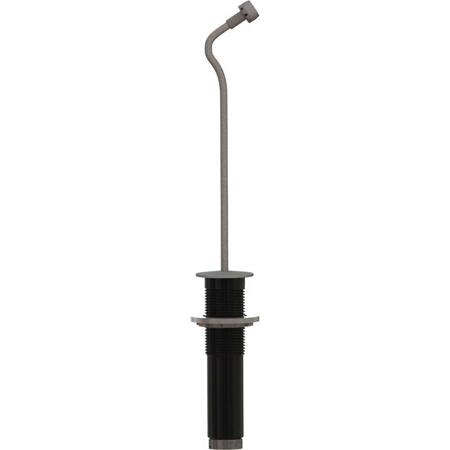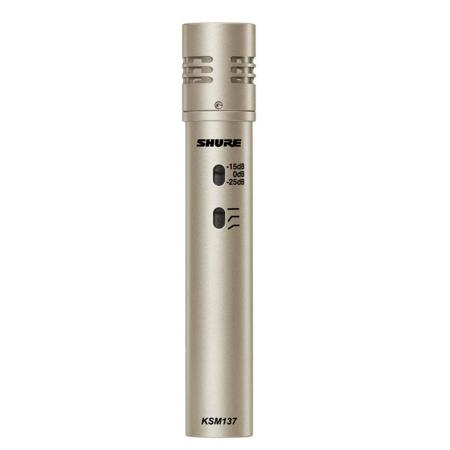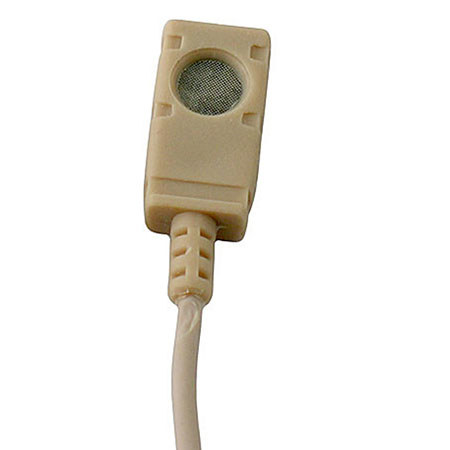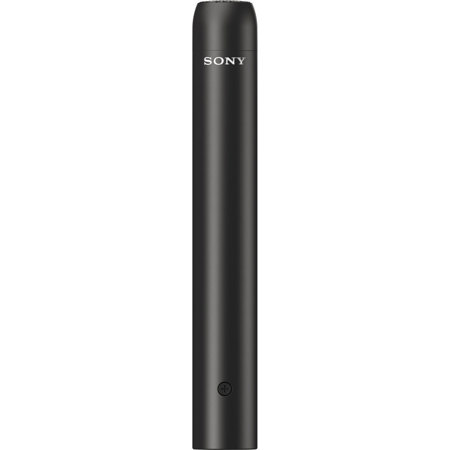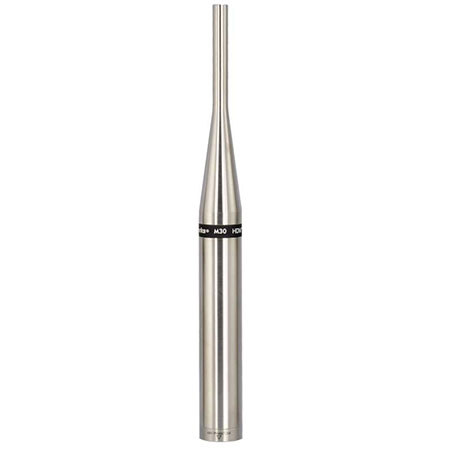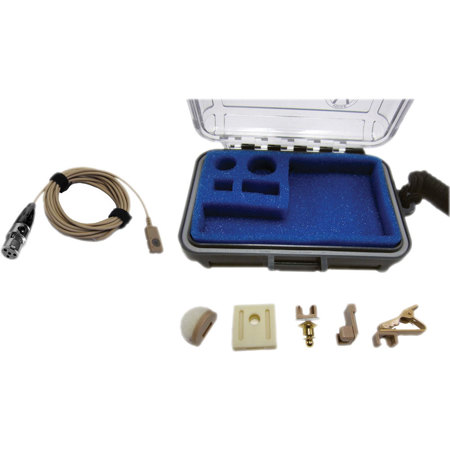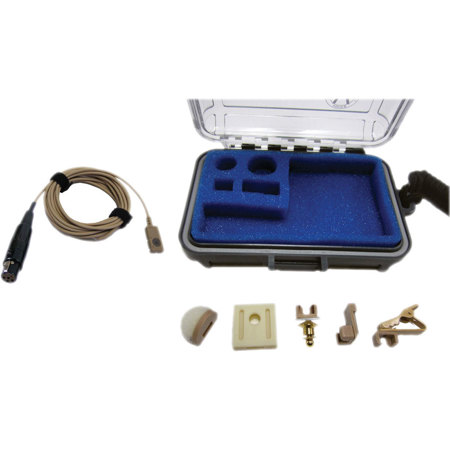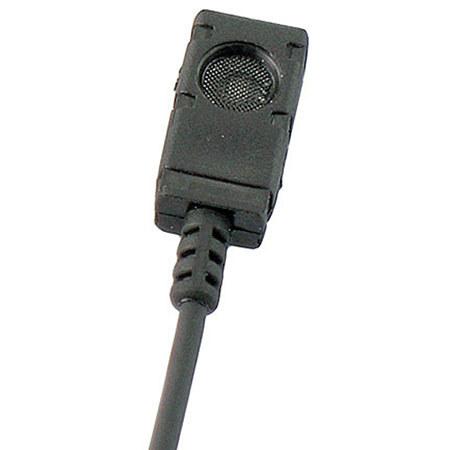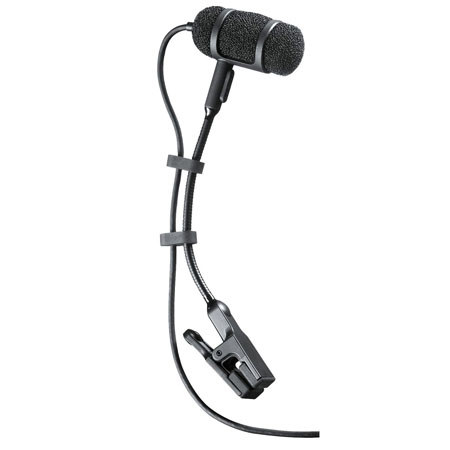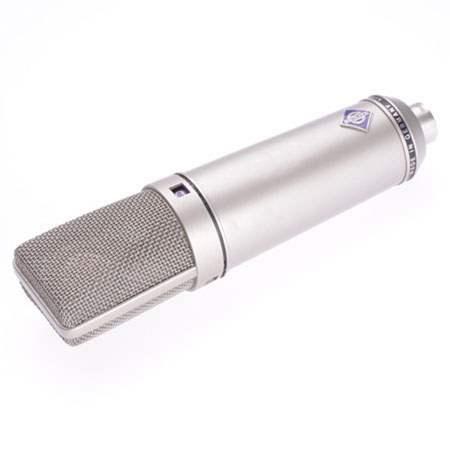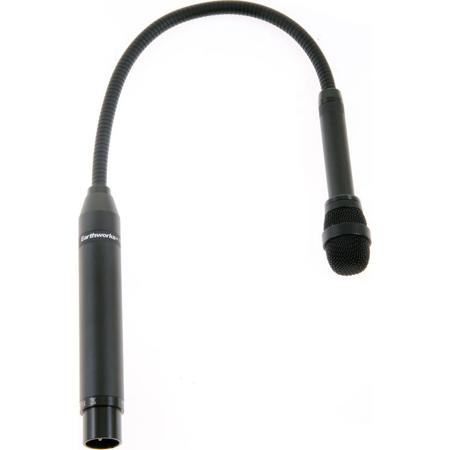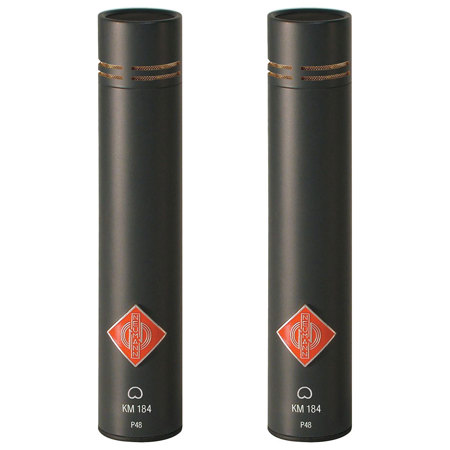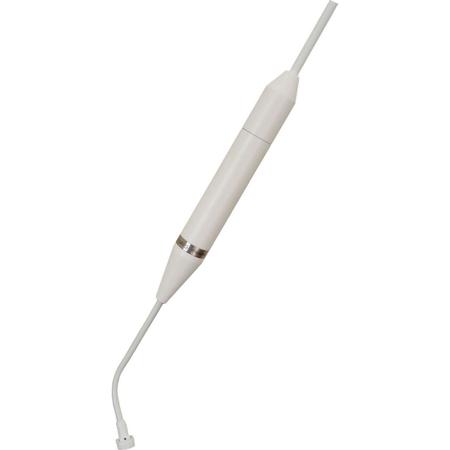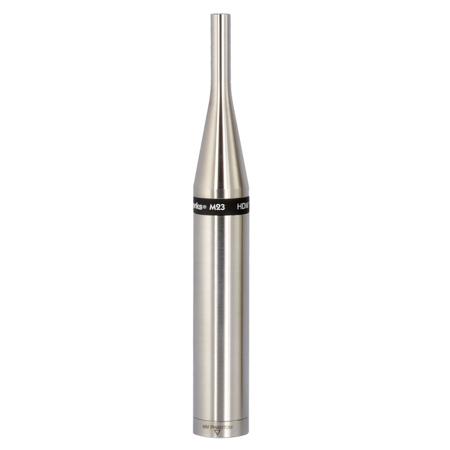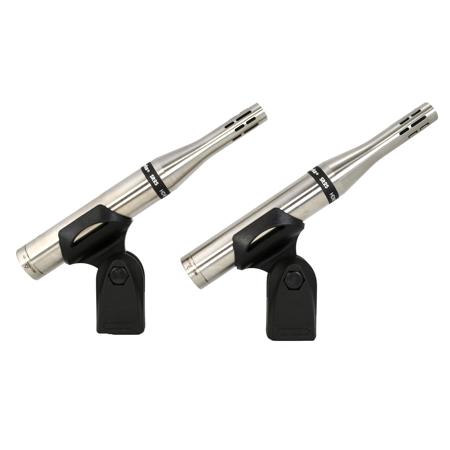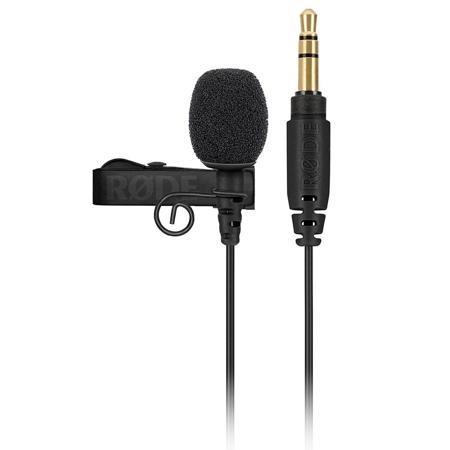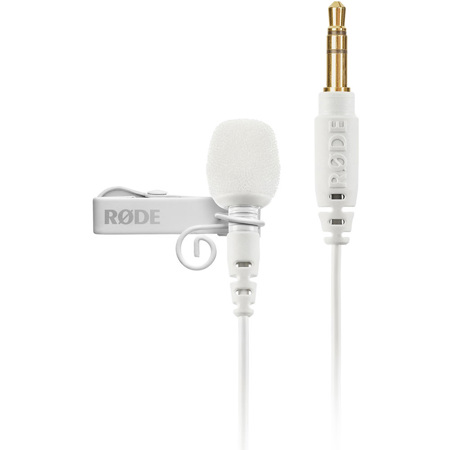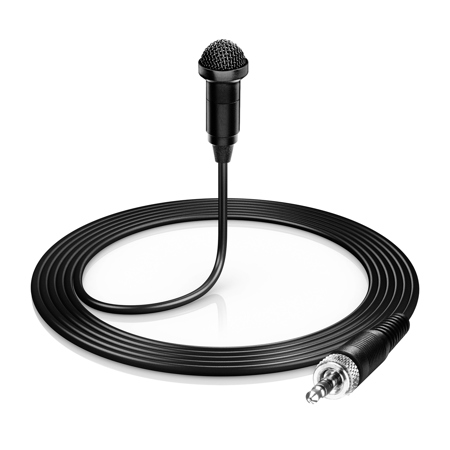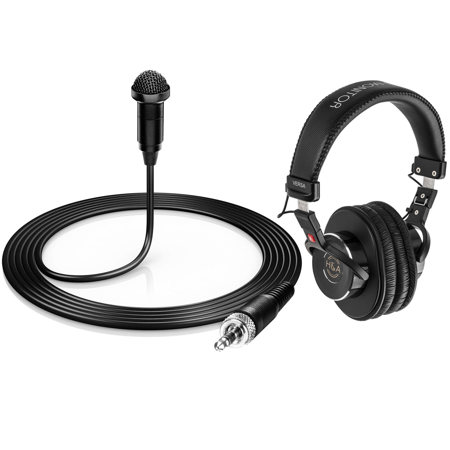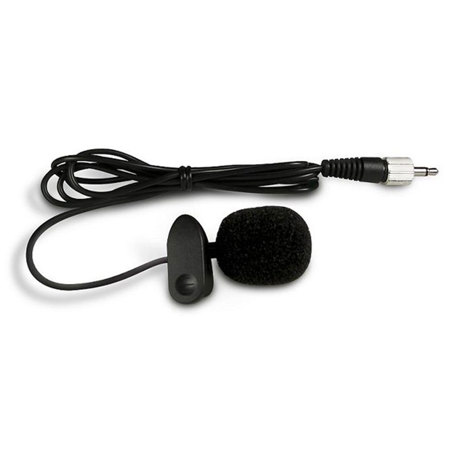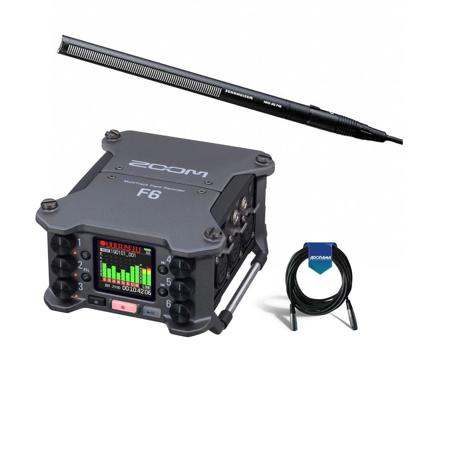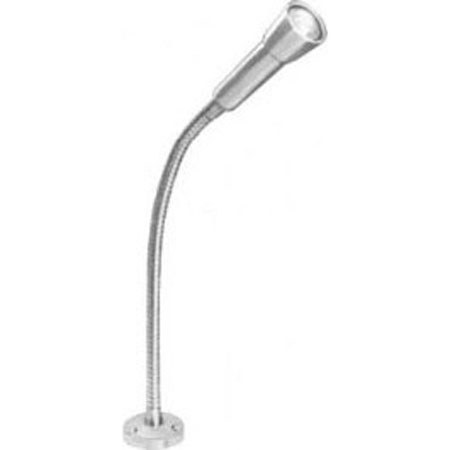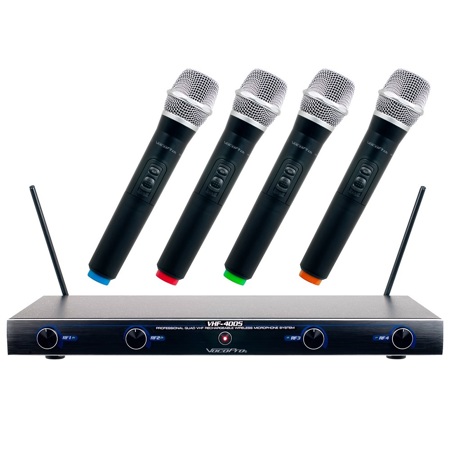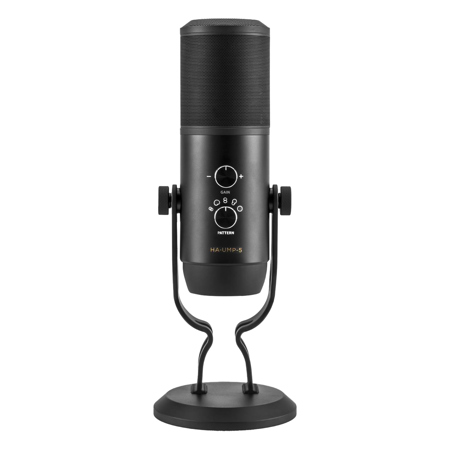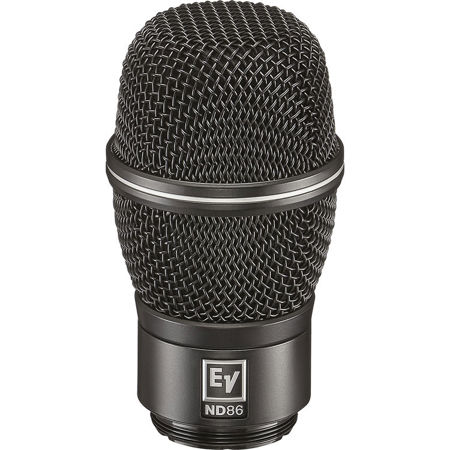Frequency Response Microphones
Understanding microphone frequency response is essential for anyone seeking to achieve professional-quality audio, whether in the studio, on stage, or in the field. The frequency response of a microphone describes how it reacts to different audio frequencies, revealing its ability to capture the full spectrum of sound with accuracy or with a particular character. This is often visualized as a frequency response curve, mapping the microphone’s output level (in decibels, dB) across the human hearing range, typically from 20 Hz to 20 kHz. A flat frequency response microphone is designed to reproduce sound as naturally and transparently as possible, making it a favorite for critical studio applications where authenticity is paramount. On the other hand, microphones with shaped or tailored frequency response curves are engineered to emphasize or attenuate certain frequencies, enhancing vocals, highlighting instruments, or reducing unwanted noise. For example, a frequency microphone tailored for drums might accentuate the low-end thump, while a vocal mic might gently boost the presence range to help voices cut through a mix. As autumn brings new projects and performances, musicians, podcasters, and content creators are often searching for the right tools to match their creative ambitions, making this a prime season to invest in audio gear that offers the precise mic frequency response needed for their unique sound.
Selecting the right microphone frequency response is a nuanced decision that depends on the intended application and personal preference. Professionals in music production, broadcasting, and live sound engineering often gravitate toward flat response microphones for their versatility and faithful sound reproduction. These are particularly valued when recording acoustic instruments, choirs, or any source where capturing the true tonal balance is critical. Meanwhile, performers and audio enthusiasts may opt for microphones with specific frequency curves to add warmth, presence, or clarity to their recordings. Understanding the subtleties of microphone frequency response can be the difference between a mix that sounds muddy and one that sparkles with detail. For those shopping for a thoughtful gift, frequency response microphones are an excellent choice for musicians, voice-over artists, or anyone building a home studio. The right microphone can inspire creativity, whether it’s capturing the crisp crunch of autumn leaves underfoot during a field recording session or the nuanced harmonics of a jazz ensemble in a cozy indoor venue. As you explore the world of frequency microphones, consider how the unique response of each model will complement your sound sources and recording environments. For those interested in specialized applications, such as capturing audio from a distance or in challenging acoustic spaces, our selection of Far Field Microphones may offer the perfect solution.
When evaluating microphones, pay close attention to the published frequency response charts and listen to audio samples whenever possible. The horizontal axis of these charts represents the frequencies in Hertz (Hz), while the vertical axis shows the relative output level in decibels (dB). Peaks in the curve indicate areas where the microphone is more sensitive, adding emphasis to those frequencies, while dips show reduced sensitivity, which can help tame sibilance or unwanted resonances. Seasoned audio engineers often recall sessions where choosing the right flat frequency response microphone transformed a challenging sound source into a pristine recording, or where a carefully selected frequency curve added just the right character to a vocal performance. Whether you are capturing the subtle ambiance of a September evening or the energetic resonance of live music, understanding and leveraging microphone frequency response empowers you to make informed choices that elevate your recordings. As you browse our curated list, consider how these microphones can become trusted tools in your creative arsenal, delivering the clarity, warmth, or precision your projects demand.
Selecting the right microphone frequency response is a nuanced decision that depends on the intended application and personal preference. Professionals in music production, broadcasting, and live sound engineering often gravitate toward flat response microphones for their versatility and faithful sound reproduction. These are particularly valued when recording acoustic instruments, choirs, or any source where capturing the true tonal balance is critical. Meanwhile, performers and audio enthusiasts may opt for microphones with specific frequency curves to add warmth, presence, or clarity to their recordings. Understanding the subtleties of microphone frequency response can be the difference between a mix that sounds muddy and one that sparkles with detail. For those shopping for a thoughtful gift, frequency response microphones are an excellent choice for musicians, voice-over artists, or anyone building a home studio. The right microphone can inspire creativity, whether it’s capturing the crisp crunch of autumn leaves underfoot during a field recording session or the nuanced harmonics of a jazz ensemble in a cozy indoor venue. As you explore the world of frequency microphones, consider how the unique response of each model will complement your sound sources and recording environments. For those interested in specialized applications, such as capturing audio from a distance or in challenging acoustic spaces, our selection of Far Field Microphones may offer the perfect solution.
When evaluating microphones, pay close attention to the published frequency response charts and listen to audio samples whenever possible. The horizontal axis of these charts represents the frequencies in Hertz (Hz), while the vertical axis shows the relative output level in decibels (dB). Peaks in the curve indicate areas where the microphone is more sensitive, adding emphasis to those frequencies, while dips show reduced sensitivity, which can help tame sibilance or unwanted resonances. Seasoned audio engineers often recall sessions where choosing the right flat frequency response microphone transformed a challenging sound source into a pristine recording, or where a carefully selected frequency curve added just the right character to a vocal performance. Whether you are capturing the subtle ambiance of a September evening or the energetic resonance of live music, understanding and leveraging microphone frequency response empowers you to make informed choices that elevate your recordings. As you browse our curated list, consider how these microphones can become trusted tools in your creative arsenal, delivering the clarity, warmth, or precision your projects demand.
